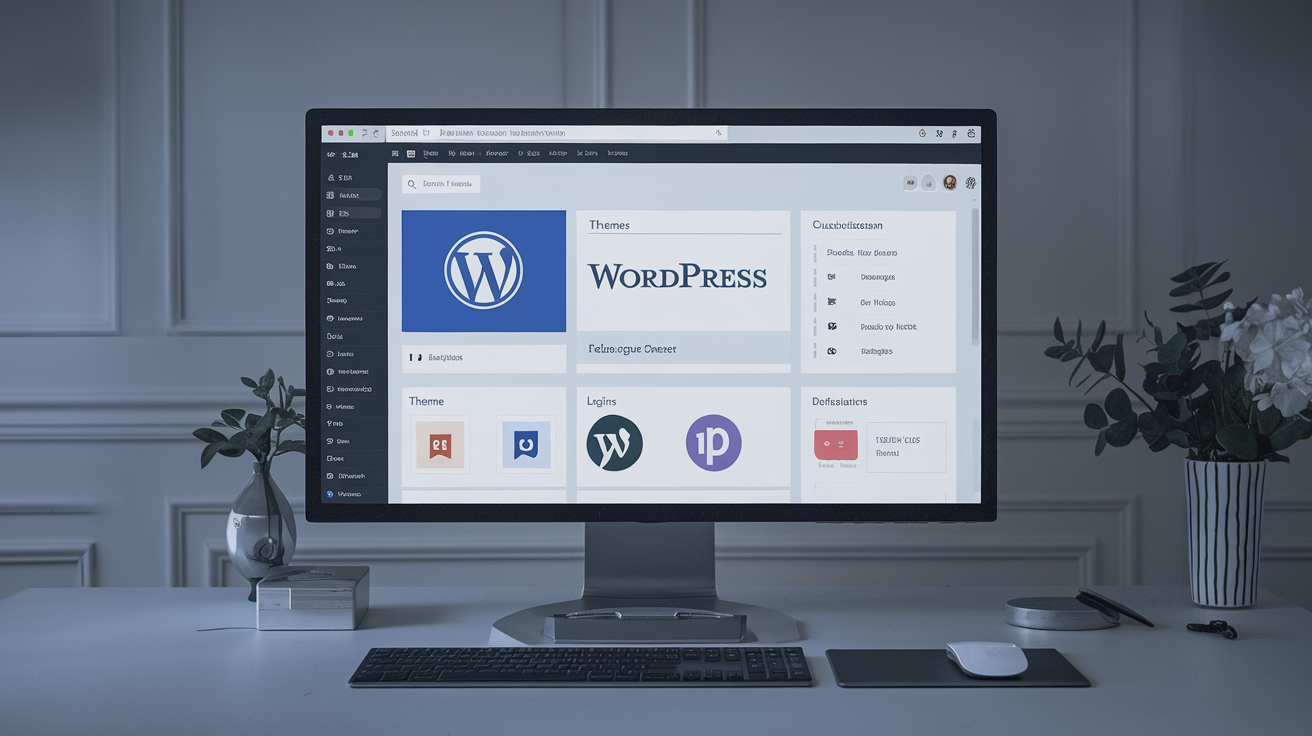Having a strong online presence is essential for small businesses. It helps you connect with more customers and builds trust in your brand. Many people search online before deciding to buy, so it’s important to make sure your business shines on the internet.
To start building your online presence, focus on what makes your brand unique. Think about how you want people to see your business. A clear brand identity helps people remember you. Next, try using social media to reach more people. Social media is a powerful tool to share your story and connect with your audience in a fun way.
Make sure your website works well and is easy to find on search engines. A good website helps people learn about your business and find what they need. Interacting with your online community can build strong relationships. Respond to comments and feedback to show that you care. By focusing on these areas, your small business can grow online and reach new heights.
Establishing Your Brand Identity
Establishing a strong brand identity is important for making your small business stand out. It helps customers recognize and remember you. Begin with a clear understanding of what your brand represents. Think about your business values, mission, and unique selling proposition. These elements form the foundation of your brand identity.
Create a memorable logo and choose colours that represent your business. Consistent use of these colours in your marketing materials reinforces your brand’s image. Select fonts that reflect the personality of your brand, whether it’s fun, professional, or innovative.
Develop a brand voice. Decide how you want to communicate with your audience. Should it be casual and friendly or more formal? Use this tone consistently across all platforms and materials to build a strong connection with your audience.
Use these elements to communicate your brand identity clearly:
- Logo: A simple and unique design helps in quick recognition.
- Colours: Choose colours that evoke the emotions you want your brand to convey.
- Fonts: Select easy-to-read fonts that match your brand’s style.
- Tagline: A short, catchy phrase that summarises what your brand is about.
Consistent messaging across all your marketing channels—like your website, social media, and advertising—reinforces your brand identity. When customers see the same look and feel everywhere, it builds trust and recognition.
Leveraging Social Media Platforms
Social media is a powerful tool for small businesses to build an online presence. The right platforms can help you reach a broader audience and engage with your customers more effectively.
Start by choosing the platforms that align with your business goals and where your audience spends the most time. For many businesses, Facebook provides a wide reach, Instagram is excellent for visual content, and LinkedIn connects professionals. Use these platforms to showcase your products, share updates, and engage with your community.
Engage your audience with diverse content. Posts can include:
- Photos and Videos: Share behind-the-scenes looks or product demos.
- Polls and Quizzes: Encourage interaction with fun questions related to your business.
- Stories and Live Videos: Offer real-time engagements and updates.
Use social media to communicate regularly with your audience. Reply to comments and messages promptly to show you care about their opinions. Regular posting keeps your business fresh in the minds of your followers.
Take advantage of advertising options on these platforms. Social media ads allow you to target specific demographics, widening your reach effectively. Keep an eye on analytics to see which posts perform best. Adjust your strategy based on this data to improve your engagement and reach even more potential customers.
Enhancing Website Functionality and SEO
A well-functioning website is a cornerstone of a strong online presence. It serves as the face of your business and is often the first point of contact for potential customers. Start by ensuring your website is user-friendly. Easy navigation, clear call-to-action buttons, and fast loading times make the experience better for users.
Mobile compatibility is essential. Many users access websites via their phones, so ensure your site looks and works well on smaller screens. Optimizing images and reducing unnecessary scripts can help improve loading speeds, keeping visitors engaged.
SEO, or search engine optimization, can boost your website’s visibility online. Use relevant keywords throughout your site to help search engines understand your content. These keywords should appear naturally in headings, subheadings, and copy without overstuffing.
Other key SEO strategies include:
- Meta Tags: Use descriptive meta titles and descriptions for each page to improve visibility in search results.
- Backlinks: Encourage links to your site from reputable sources to improve authority.
- Quality Content: Regularly update your site with fresh, useful content that answers visitors’ questions or addresses their needs.
Monitoring website analytics can provide insights into visitor behaviour. Understand which pages attract most visitors and which ones need improvement. Use this data to refine and enhance your content, ensuring your website continues to meet your audience’s needs.
Engaging with Your Online Community
Engaging with your online community is crucial for building loyalty and trust. This interaction goes beyond responding to comments and likes. Actively listen to your audience’s feedback and show that their input matters.
Start by creating content that encourages conversation. Ask questions in your posts to get people talking. Run contests or giveaways to engage your community and generate excitement around your brand. These activities can increase visibility and attract new followers.
Thank your audience for their support whether they leave a review or share your content. Acknowledging positive contributions helps build a positive community atmosphere. Consider features like user-generated content where customers share their experiences with your product. This not only provides valuable testimonials but also involves your audience in your brand story.
Regular engagement is key. Set aside time each day to respond to messages and comments. This shows commitment and helps forge stronger connections. Use surveys and polls to better understand your audience’s needs. These insights can guide future content and marketing strategies.
Building a strong online presence is more than having a website or a few social media pages. It’s about creating a consistent brand identity, choosing the right platforms to reach your audience, optimizing your online assets, and continuously engaging with your community. Following these steps will help your small business stand out and build lasting relationships with your customers.
At JAVALOGIX, we specialize in creating effective digital marketing strategies tailored to your business needs. Whether you’re looking to establish a powerful online presence or enhance your current strategies, we’re here to help. Connect with our digital marketing consultant in Toronto to start your journey toward a stronger online presence and engage your audience like never before.



